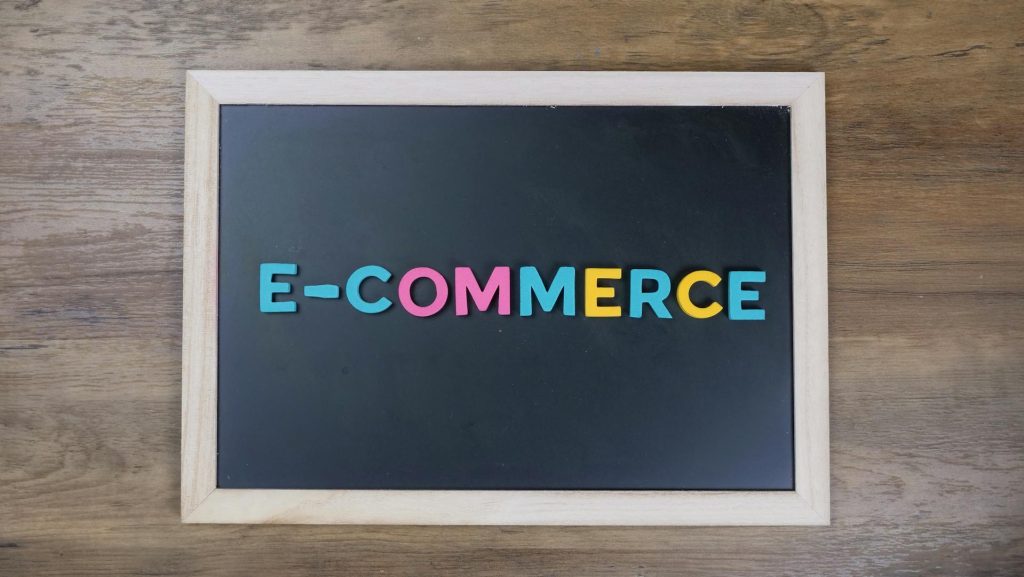What are the key factors for choosing a payment system in 2025?
When selecting a payment system for an e-commerce app in 2025, businesses should focus on what truly matters to their users and operations. The top priority is security, which means strong encryption, token systems, fraud detection, and compliance with PCI standards. It’s all about reliability. Where there is trust, there is long-term cooperation.
Equally important is flexibility. You’ll need to accept everything from credit cards to digital wallets, buy-now-pay-later services, and even blockchain. People expect payments to be fast and smooth, especially on mobile devices. So, you should pay attention to this.
For companies working across borders, global functionality is essential as well. That means supporting multiple currencies and offering popular local payment options wherever users are.
How do user expectations influence payment system selection today?
Today, consumers expect payments to happen instantly. It’s the core of everything when you are thinking about an e-commerce app. Research shows that 54% of users worldwide see real-time transaction processing as the norm, and 82% of companies are investing in solutions that enable instant payments. These numbers clearly show that payment systems need to support fast transfers to satisfy both everyday users and businesses in the financial sector.
Security is another major factor; 72% of consumers say they would leave a platform after a security breach. This highlights the importance of advanced authentication methods like biometrics and multi-factor authentication. As you can see, you can’t just consider these tools; you have to actively implement them. Your audience needs this.
Is it better to use a global provider or a local payment solution?
Global payment systems offer numerous advantages for businesses. They are suitable for businesses that target customers from different countries. Besides supporting different currencies, they use modern encryption and data protection technology. However, they also have higher fees, especially for international transfers. Due to technical aspects, additional configuration is required to adapt to local conditions.
Local payment systems, on the other hand, support national currencies and payment methods. They usually have lower rates, especially for domestic transactions. They are easily integrated with local financial institutions. But there can also be drawbacks. They may be less convenient for customers from other countries. May have limited support for foreign currencies and be less flexible compared to global systems.
In any case, the choice is up to the business, depending on individual needs, business specifics, and other factors. However, the best choice would be to combine both options.
How important is mobile payment optimization for e-commerce apps?
Mobile payment systems such as Apple Pay and Google Pay allow you to make purchases quickly and securely by using biometric authentication. Like a fingerprint or face recognition, along with stored payment information. This makes the ordering process much simpler and helps reduce the number of customers who leave their purchases unfinished.
Apps with well-optimized payment systems also tend to convert better than mobile websites. Why so? Because the buying process is faster and more convenient, which encourages more users to complete their orders and decreases the number of abandoned shopping carts. It’s also essential, knowing that almost all purchases are made through smartphones.
What security and compliance requirements should you watch for in 2025?
There are the most important, that work for 2025:
- PCI DSS v4.0 (and v4.0.1). Effective April 1 – March 31, 2025. This is an updated security standard for companies that work with bank cards. It requires mandatory protection of scripts on payment pages to prevent data theft. Multi-factor authentication is required for internal access, and mandatory strong passwords, minimum 12 characters.
- Protection against e-skimming. Scripts or changes on payment pages must be authorized, protected, and constantly monitored to prevent card data theft during transactions.
- Other key areas. These include point-to-point encryption, like card encryption directly from the device to the payment system. Also, strict access processes: roles, access rights, logging, and change management. Policies and staff training, because security must cover not only technology, but also processes and people.
How can payment system fees impact your profitability?
Payment system fees directly reduce business profits. As a rule, they are set at 1–4%. They become particularly noticeable with large transaction volumes or low margins. Therefore, this aspect of the payment system should also be considered logically for the benefit of both you and your customers.
But there is a solution. You can reduce commission costs before implementing a payment system in the following ways. First off, compare the terms of different providers and choose the best option for you. There must always be a few variants before taking one in a work. Also, encourage customers to use cheaper payment methods (such as debit or cash). And remember that even a 1% reduction in fees can significantly increase the profitability of your business. It all depends on the approach you choose.
Which payment systems offer the best integration options for developers?
Popular payment systems to watch in 2025:
Stripe
Has a powerful API and SDK for web, mobile apps, and terminals. The documentation is very clear, with code examples, and supports over 135 currencies. Suitable for startups, marketplaces, and large companies via Stripe Connect.
Adyen
Offers a single platform for online and offline payments. Easily integrated via plugins for BigCommerce, Salesforce, and Shopify. Best suited for large companies with global expansion.
PayPal / Braintree
Braintree (part of PayPal) provides libraries for Ruby, Python, Java, .NET, iOS, Android, and other platforms. Supports One Touch payments and integration with mobile and web applications.
Google Pay and Apple Pay
Easy to add as digital wallets, they provide fast and secure transactions with biometrics.
In general, the choice depends on the scale of the client’s business, sales model, and the platform for which you need to implement a payment system.
Conclusions
To choose a payment system for e-commerce development that will perform the tasks assigned to it and meet the goals of your business, you should start with an analysis. This is the foundation of everything and provides reliable support when creating any component of your product. The market offers a bunch of payment systems, but their target audiences vary.
Clearly identify what functions and tasks the payment system should perform and what expectations of your audience it should meet. This way, the final result will benefit both you and your customers.




